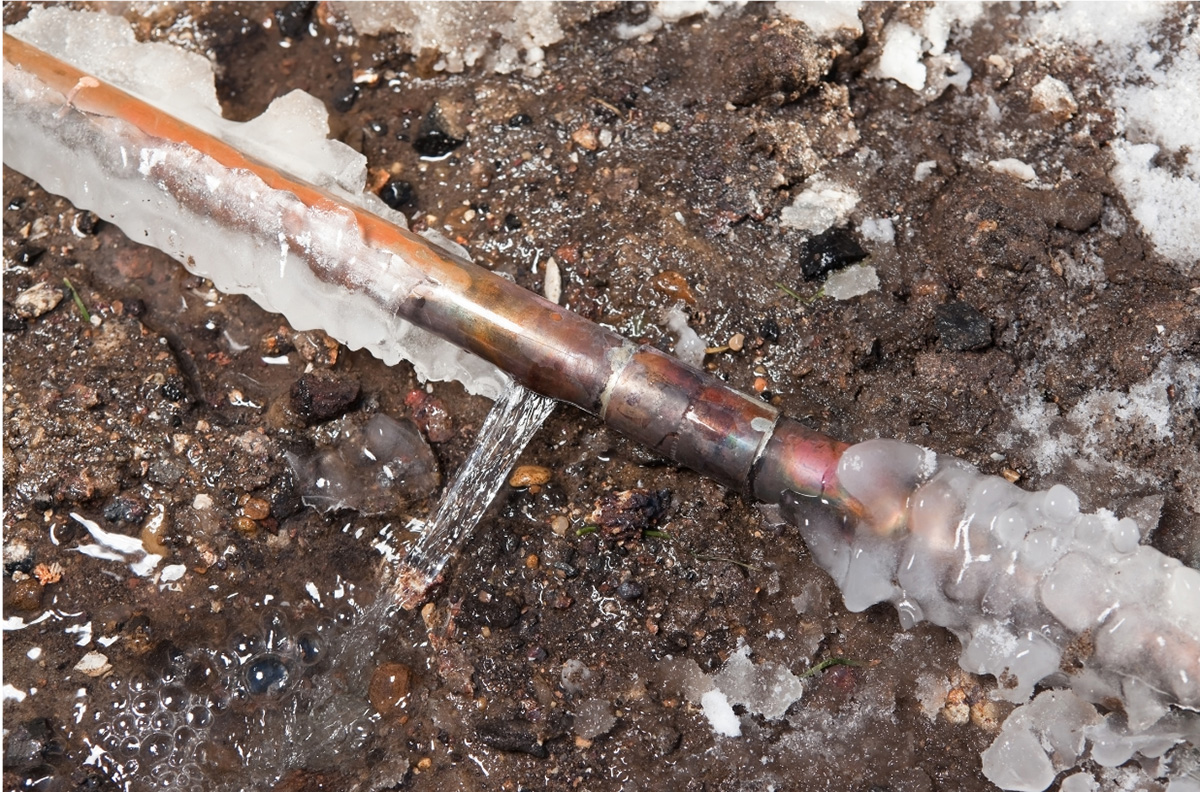This great article which follows about How to prepare your home plumbing for winter weather is absolutely remarkable. You should check it out.

Winter can ruin your plumbing, especially by freezing pipes. Right here's exactly how to stop it from taking place and what to do if it does.
Intro
As temperatures decline, the danger of frozen pipes boosts, potentially resulting in pricey repair services and water damage. Understanding exactly how to avoid frozen pipes is essential for property owners in cold climates.
Recognizing Icy Pipelines
What triggers pipes to ice up?
Pipelines freeze when exposed to temperature levels listed below 32 ° F (0 ° C) for extended durations. As water inside the pipelines freezes, it increases, taxing the pipeline walls and possibly triggering them to burst.
Threats and damages
Frozen pipes can result in water disruptions, residential property damage, and costly fixings. Ruptured pipes can flood homes and cause comprehensive structural damages.
Indications of Frozen Water Lines
Recognizing icy pipes early can prevent them from bursting.
How to identify frozen pipelines
Seek lowered water circulation from taps, unusual odors or noises from pipelines, and visible frost on exposed pipelines.
Avoidance Tips
Protecting susceptible pipes
Cover pipelines in insulation sleeves or use heat tape to shield them from freezing temperatures. Concentrate on pipes in unheated or exterior locations of the home.
Heating strategies
Maintain indoor rooms adequately heated up, particularly locations with pipes. Open closet doors to allow cozy air to distribute around pipelines under sinks.
Protecting Outdoor Plumbing
Garden hoses and exterior taps
Detach and drain pipes yard pipes before winter season. Set up frost-proof spigots or cover exterior taps with protected caps.
What to Do If Your Pipes Freeze
Immediate activities to take
If you presume frozen pipelines, maintain faucets open to soothe stress as the ice melts. Make use of a hairdryer or towels soaked in warm water to thaw pipes gradually.
Long-Term Solutions
Structural changes
Think about rerouting pipelines away from outside walls or unheated locations. Add additional insulation to attic rooms, cellars, and crawl spaces.
Upgrading insulation
Buy top quality insulation for pipelines, attic rooms, and walls. Appropriate insulation aids maintain constant temperature levels and decreases the danger of frozen pipes.
Verdict
Protecting against icy pipes requires aggressive actions and fast reactions. By understanding the causes, indicators, and safety nets, property owners can protect their pipes during winter.
6 Proven Ways to Prevent Frozen Pipes and Protect Your Home
Disconnect and Drain Garden Hoses
Before winter arrives, start by disconnecting your garden hoses and draining any remaining water. Close the shut-off valves that supply outdoor hose bibs and leave the outdoor faucet open to allow any residual water to drain. For extra protection, consider using faucet covers throughout the colder months. It’s also important to drain water from any sprinkler supply lines following the manufacturer’s directions.
Insulate Exposed Pipes
Insulating your pipes is an effective way to prevent freezing. Pipe insulation is readily available at home improvement stores and is relatively inexpensive. Pay close attention to pipes in unheated areas such as the attic, basement, crawl spaces, or garage. Apply foam insulation generously to create a buffer against the cold. You can also wrap your pipes in heat tape or thermostat-controlled heat cables for added warmth.
Seal Air Leaks
Inspect your home for any cracks or openings that could let in cold air. Seal any holes around the piping in interior or exterior walls, as well as the sill plates where your home rests on its foundation. Additionally, make sure to keep your garage door closed unless you’re entering or exiting. Leaving it open creates a significant air leak that can lead to frozen pipes.
Allow Warm Air Circulation
During cold snaps, it’s essential to allow warm air to circulate evenly throughout your home. Leave interior doors ajar to promote better airflow. Open kitchen and bathroom cabinets to help distribute heat consistently around the rooms. If you have small children or pets, be sure to remove any household chemicals or potentially harmful cleaners from open cabinets for safety.
Let Faucets Drip
A small trickle of water can make a big difference in preventing ice formation inside your pipes. When temperatures drop significantly, start a drip of water from all faucets served by exposed pipes. This continuous flow helps prevent the water from freezing. Additionally, running a few faucets slightly can relieve pressure inside the pipes, reducing the chances of a rupture if the water inside does freeze.
https://choateshvac.com/6-proven-ways-to-prevent-frozen-pipes-and-protect-your-home/

Do you really like reading up on 6 Ways to Prevent Frozen Pipes? Write feedback further down. We will be glad to find out your feelings about this blog post. In hopes to see you back again in the future. Feel free to take the time to distribute this content if you appreciated it. Many thanks for being here. Return soon.
Set Up An Appointment